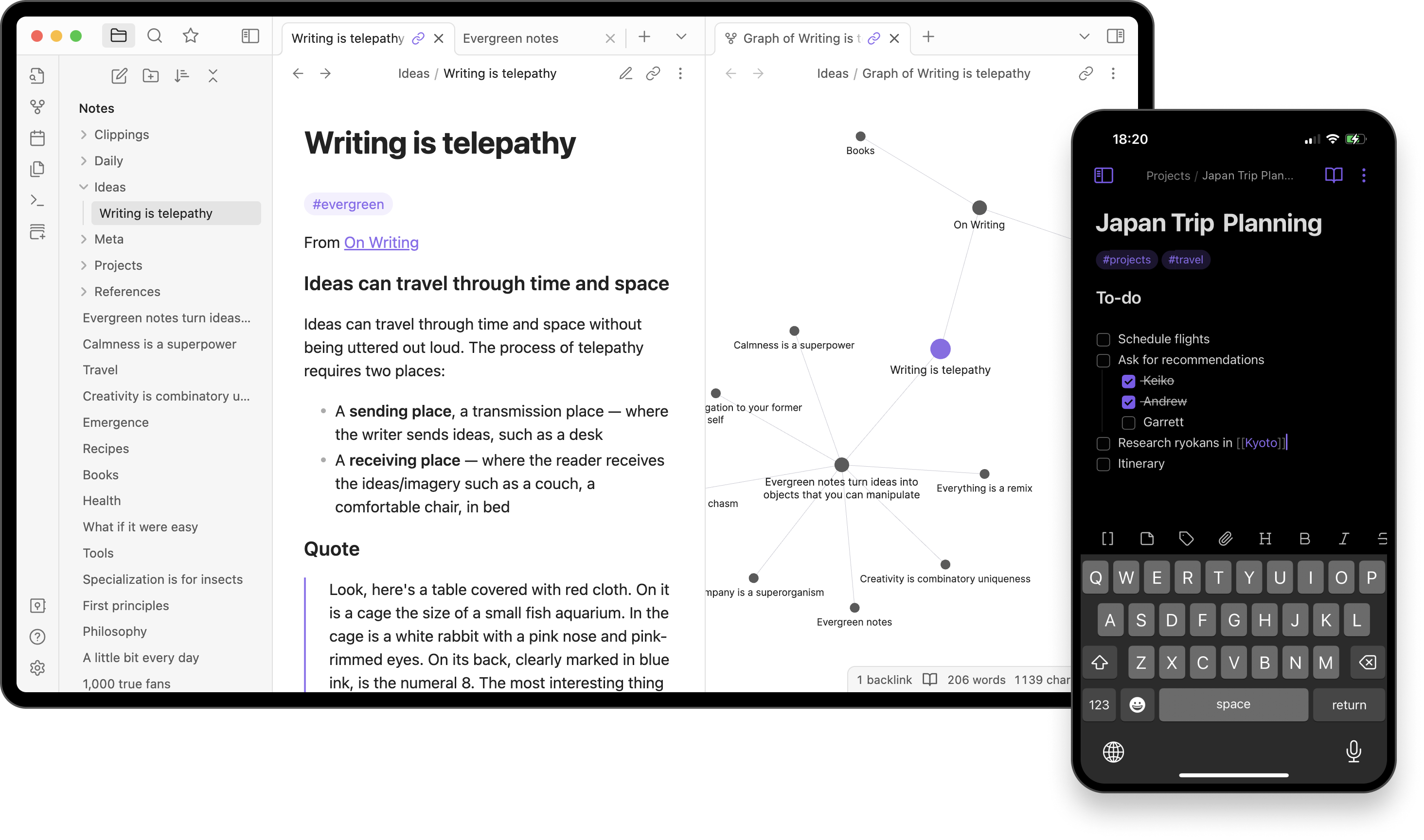
Over the years, I’ve experimented with a myriad of task management tools and methodologies. From Todoist and Wunderlist to Microsoft Planner and Outlook Tasks, I've tried flags, email reminders, meeting minutes templates, complex Excel sheets for assigning MoM (Minutes of the Meeting) tasks, and Gantt charts. Each tool and method offered unique advantages, but ultimately, I found that simplicity works best for me. Here’s a look into my journey and how I’ve arrived at a system that suits my needs.
The KISS Principle: Keep It Simple, Stupid
At the core of my task management philosophy is the KISS principle: Keep It Simple, Stupid. Complex systems, while feature-rich, often became overwhelming and counterproductive for me. I decided to simplify my approach by returning to basics: writing notes in plain text files.
My Simple System: Notes and Persistence
This approach is based on a single rule:
“Guillermo, write down your tasks and mark them as done when finished. Never erase tasks.”
This principle serves two purposes:
- Historical Record: Tasks, once completed, don’t disappear. They are simply marked as done. This creates a valuable archive of past work and accomplishments, a reminder of the progress and efforts invested.
- Knowledge Preservation: Notes and tasks hold crucial information. Even completed tasks might contain insights or references valuable for future projects.
- Never forget a task, never lose a task, and never erase a task.
The Evolution: From Pen and Paper to Python Scripts
Initially, I relied heavily on pen and paper. My notebook was my constant companion, where written notes translated into completed tasks. However, as digital tools evolved, so did my methods:
- Text Files on Desktop:
- I began saving my notes and tasks in .txt files on my desktop.
- A Python script helped automate the organization by moving completed tasks into a designated "notes" folder.
This approach retained the simplicity of pen and paper but added a digital layer of organization and automation.
The Shift to Obsidian
In 2024, I transitioned to using Obsidian, a powerful note-taking and knowledge management tool. While Obsidian can be as complex as the universe, I customized it to fit my simple needs, leveraging only two plugins:
Tasks Plugin:
- Helps in organizing and tracking tasks efficiently.
- Provides a clear overview of to-dos, deadlines, and priorities.
Calendar Plugin:
- Integrates seamlessly with my task list.
- Helps me plan and schedule tasks, ensuring timely completion.

My Daily Routine
Every day, I write down my tasks, meetings, and notes. The process is straightforward:
- Note-taking:
- During meetings or brainstorming sessions, I capture everything in Obsidian.
- Task Management:
- Tasks are listed, tracked, and marked as done upon completion.
- Nothing is ever deleted; it’s either in progress or completed.
- Use GPT to clean up notes:
- I use GPTs to clean up my notes and tasks, ensuring clarity and coherence when I need to share them.
This system not only keeps me organized but also provides a sense of accomplishment and clarity. The simplicity allows me to focus on the tasks rather than the tool, making it an integral part of my productivity routine.
Conclusion
Finding the right task management system is a personal journey. For me, the KISS principle, plain text notes, and tools like Obsidian have been game-changers. Whether you prefer complex project management software or simple note-taking, the key is to find what works best for you and stick with it. Remember, the goal is to manage tasks efficiently and keep track of your progress without getting lost in the tools. Keep it simple, stay organized, and be proud of your completed work.